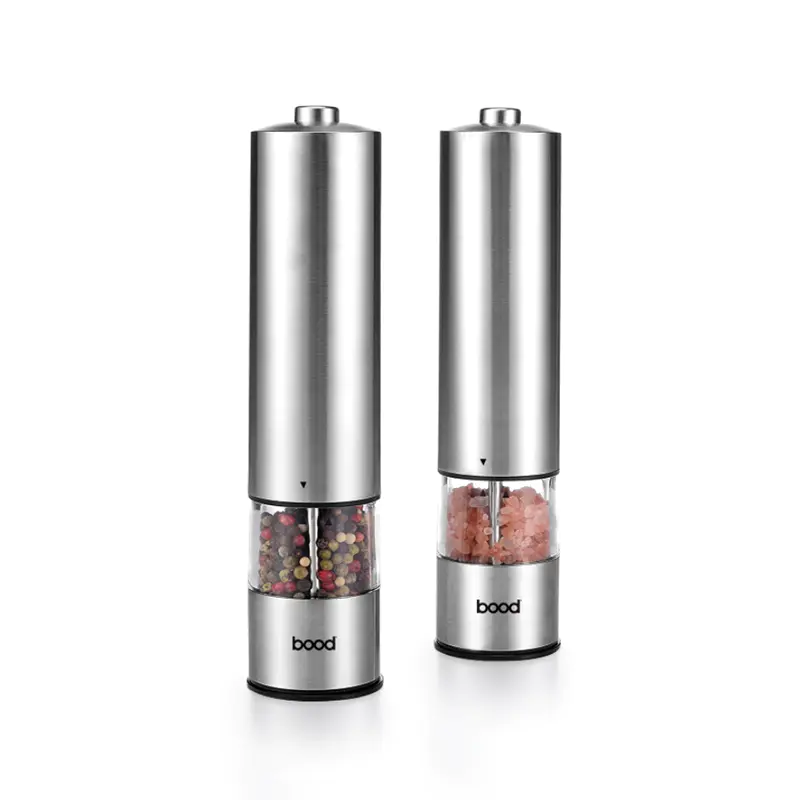A pepper grinder is more than just a kitchen accessory; it is a practical tool that can influence the way spices enhance your meals. When selecting a pepper grinder, understanding the differences in materials and mechanisms can help you find one that suits your cooking habits and preferences.
One important factor to consider is the material used in the construction of the pepper grinder. Common materials include stainless steel, wood, acrylic, and sometimes aluminum. Each material affects both the durability and the appearance of the grinder. For example, wooden pepper grinders often bring a rustic and traditional look to the kitchen, while stainless steel versions tend to feel more modern and are resistant to corrosion. The choice of material can also impact how comfortable the grinder feels in your hand during use.
The grinding mechanism inside the pepper grinder plays a critical role in its performance. There are two primary types of grinders: manual and electric. Manual pepper grinders are operated by twisting or turning a handle, offering precise control over the grinding process. Many cooks prefer manual grinders for their simplicity and the tactile experience they provide. On the other hand, electric pepper grinders use batteries or rechargeable power to grind peppercorns with minimal effort, making them convenient for those who frequently cook or have difficulty with manual grinding.
Adjustability is another key aspect of a pepper grinder. Being able to control the coarseness of the pepper allows cooks to tailor the seasoning to the dish being prepared. For instance, a coarse grind might be desirable for seasoning steaks or roasted vegetables, while a finer grind works well in soups and sauces. Many modern pepper grinders come with an adjustable knob or dial to customize the grind size, which adds flexibility and utility to the tool.
Cleaning and maintenance are also considerations when choosing a pepper grinder. Some grinders are designed to be easily disassembled, allowing for simple cleaning of both the grinding mechanism and the container that holds the peppercorns. Proper cleaning can extend the life of the grinder and prevent flavors from mixing if you switch between different types of peppercorns or spices.
The capacity of a pepper grinder can vary widely. Smaller grinders are convenient for everyday use and dining tables, while larger grinders hold more peppercorns, reducing the need for frequent refills in busy kitchens. Choosing the right size depends on how often and how much pepper you use in your cooking.
A pepper grinder also offers a sensory experience that pre-ground pepper cannot match. Grinding pepper freshly releases essential oils that contribute to a stronger aroma and more vibrant flavor. This freshness can noticeably enhance the overall taste of meals, even those with simple ingredients.
The design and style of the pepper grinder may also be an important factor for many users. Since the grinder often sits on the dining table or kitchen counter, a visually appealing design can complement the kitchen decor. From sleek metallic finishes to classic wooden styles, the options available allow people to choose grinders that fit their personal tastes and kitchen aesthetics.
The choice of a pepper grinder involves balancing several factors, including material, grinding mechanism, adjustability, maintenance, and design. Understanding these aspects can help you select a grinder that meets your specific needs and enhances your cooking experience. Whether manual or electric, simple or adjustable, a well-chosen pepper grinder adds both flavor and enjoyment to your kitchen routine.
